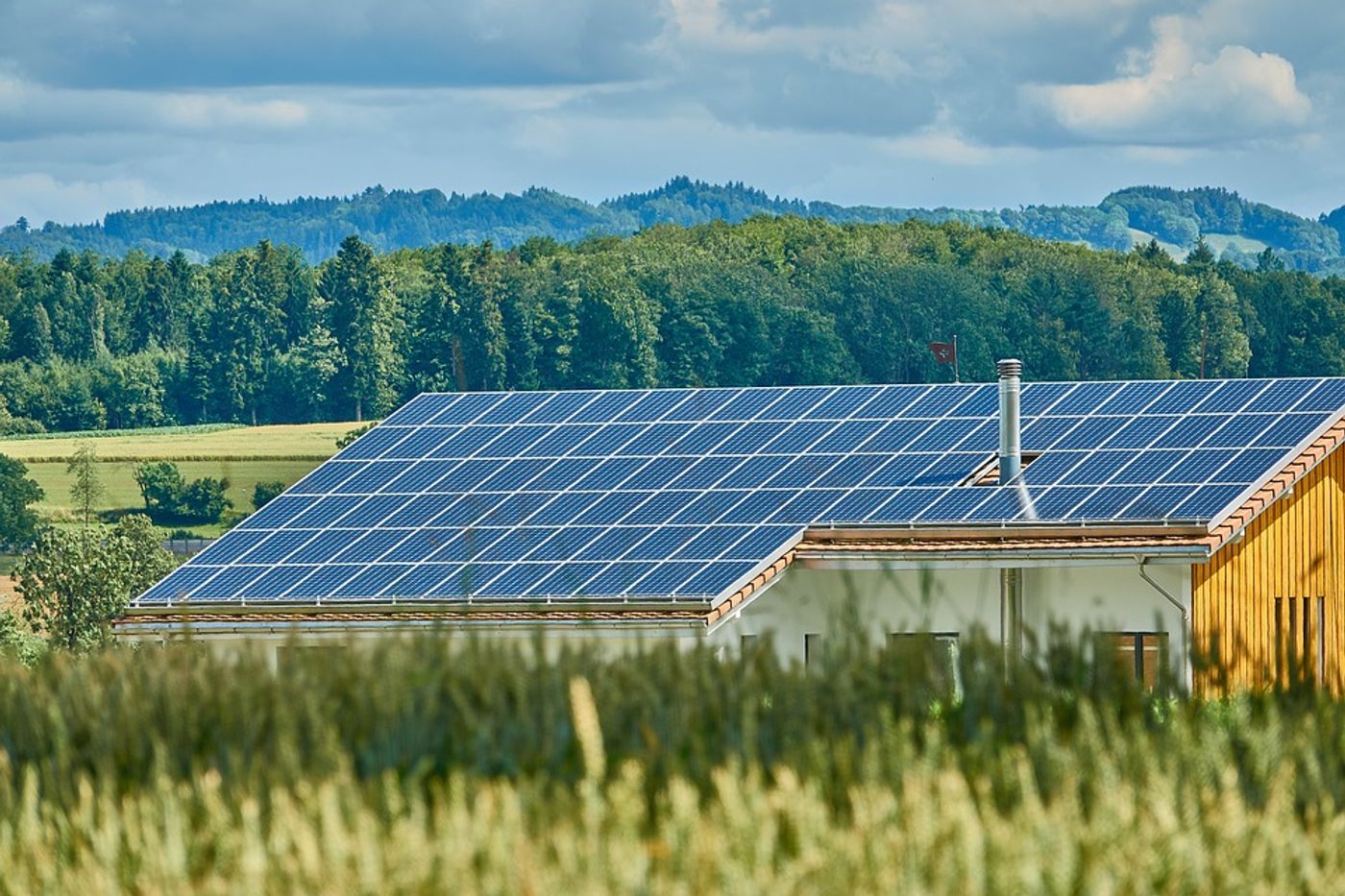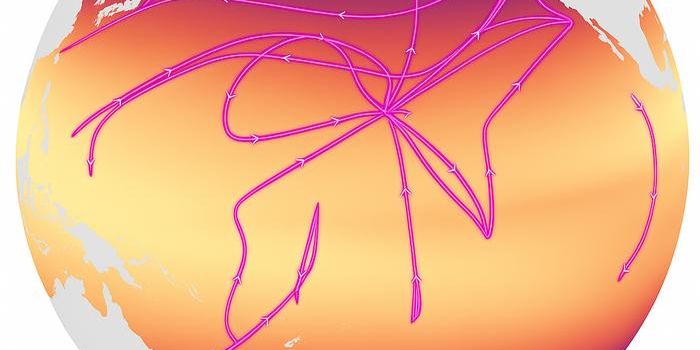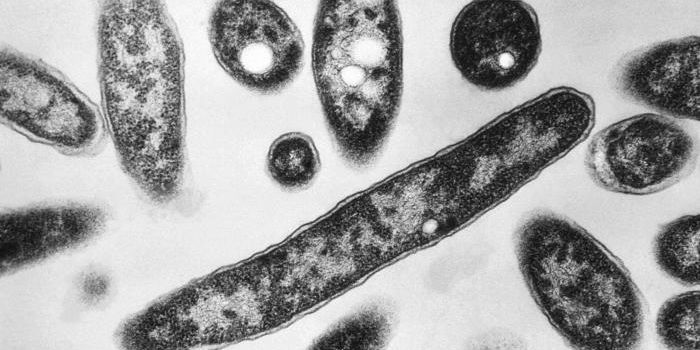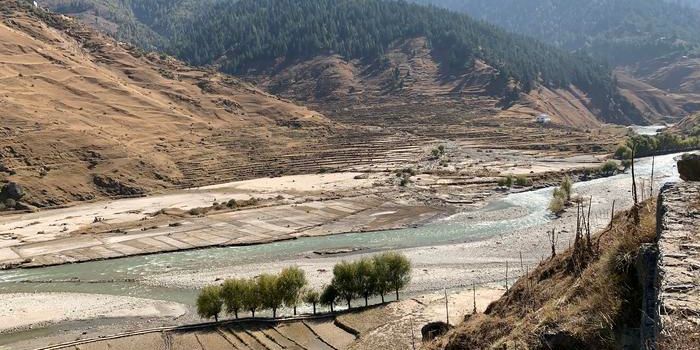Do we have the energy to power the future world?
How much energy will it actually take to power our growing population? If you’re like many, perhaps you feel that the answer to this question isn’t compatible with the current climate crisis that we are facing. However, new research published in Nature Energy attempts to break that idea and explore explicitly just what trade-offs we as a global population should be expecting to make. The study comes from investigators at the IIASA Energy Program.
Lead author of the study, Narasimha Rao, explains the typical conundrum that we hear in conventional narratives: "People have long worried that economic development and climate mitigation aren't compatible -- that the growth required to bring billions of people out of poverty would make it impossible to reduce net emissions to zero -- which is a requirement for climate stabilization. Until now, the research community, however, had no way to separate out the energy needs for eradicating poverty from countries' overall demand growth. Without this, vast inequalities and unsustainable consumption patterns in developing countries were being ignored.” Rao is a researcher at IIASA as well as a faculty member at Yale University’s School of Forestry and Environmental Studies.
In conducting the study, Rao and fellow colleagues focused on three countries: Brazil, India, and South Africa. They wanted to quantify how much energy each country requires to fulfill the basic energy needs of its people. To do so, they created a technique to analyze the amount of energy needed for basic services, such as health care and education.
In their analysis, the researchers discovered that the energy demand for basic services is much lower than that required for other factors such as physical infrastructure, transit and buildings. Additionally, and perhaps unsurprisingly, accounting for the energy needed to achieve decent living standards also tallies to less than current national energy usage, as well as below-average global energy use per capita.
The authors also noted that much of the energy “needs” that actually drive demand so high in these countries stem from affluence, not basic services. Rao explains, "We didn't expect that the energy needs for a minimally decent life would be so modest, even for countries like India where large gaps exist. It was also a pleasant surprise that the most essential human needs related to health, nutrition, and education, are cheap in terms of energy.”
Rao also stresses that the conclusions from the study point toward the need for an intersectional viewpoint. "Eradicating poverty need not stand in the way of stabilizing climate at safe levels. Our study suggests that we need to measure societal progress in terms of these multiple dimensions, not just income, and we should also pay attention to the distribution of growth in developing countries. This can point us to new ways to improve wellbeing while reducing emissions. Policymakers should give particular attention to investing in public transit, green and locally sourced buildings, and encouraging sustainable diets and food systems. These insights can inform current negotiations under the Paris agreement. Countries should take stock and step up the ambition in their pledges?”
From this information, explain the authors, we can set points of reference that allow us to make global comparisons of countries’ efforts in terms of both climate mitigation and poverty eradication.
Sources: Science Daily, Nature Energy









